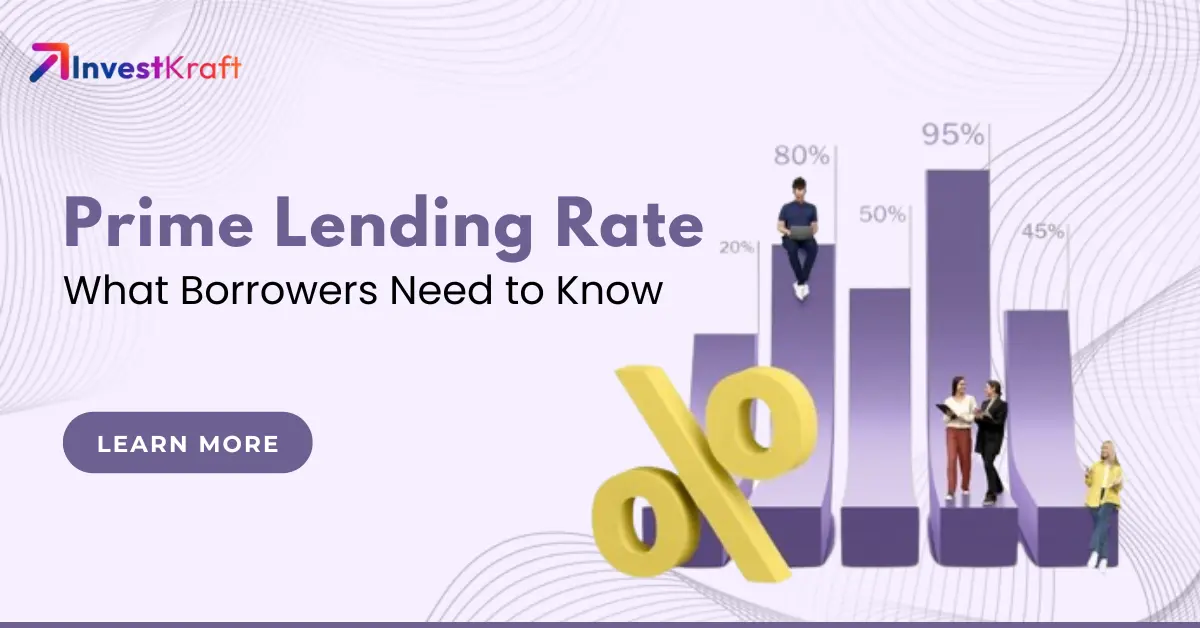How Much House Loan Can I Get on 50000 Salary in India?

The bulk of people's desire is to own a magnificent home. However, because it is an expensive purchase, salaried individuals might not always be able to afford it. Home loans could be helpful in this circumstance. The eligibility criteria, paperwork requirements, and home loan calculator are shown below for those looking for a housing loan with a monthly salary of Rs 50,000.
For someone who makes a living, getting a new house is generally seen as a major accomplishment. It not only increases value but also fosters a feeling of pride and community. While applying for a loan to purchase a new home is straightforward, it is crucial to understand the eligibility conditions because they have a significant impact on the amount that is approved. The amount of loan you could be eligible for on a salary of Rs 50,000 is typically determined by taking into consideration your age, the number of years till retirement, and your job. If you're planning to apply for a home loan, ensuring that you meet these eligibility criteria is key to a successful application.
Below is a table that shows the loan amount one can expect to get with a certain salary value.
| Net monthly income | Loan amount (approximate) |
| Rs 50,000 | Rs 30,00,000 |
| Rs 49,000 | Rs 29,40,000 |
| Rs 48,000 | Rs 28,80,000 |
| Rs 47,000 | Rs 28,20,000 |
| Rs 46,000 | Rs 27,60,000 |
In truth, meeting the requirements for a mortgage directly depends on the monthly income and a few other factors. A borrower may, however, at any time ask for a joint application to increase the loan amount.
Every person who wants to borrow money to buy a property occasionally wonders how much of the loan will truly be authorized. Therefore, let's begin. Knowing what part of your income is crucial is the first step in being approved for a mortgage. Your ability to repay a mortgage is based on your net or in-hand income. If your total or gross income, for instance, is Rs. 50,000, it will include both your base pay and various allowances, such as a travel allowance and a medical allowance, among others.
For a home loan, salary earners frequently borrow up to 60 times their net monthly income. You are qualified for a house loan up to around Rs 24 lakh (60 times of Rs 40,000), for instance, if your monthly gross salary of Rs 50,000 is lowered to Rs 40,000 as your net wage as a result of various allowances. Another way to look at it is in terms of EMIs that you feel comfortable paying back. Keep this below 50% of your monthly income at all times.
An individual generating roughly Rs 50,000 per month would therefore be able to pay an EMI of Rs 25,000. But this is the ideal circumstance. Other criteria that affect home loan calculations include the applicant's age, employment and wage status, fixed liabilities, credit score, and information on the property, among others.
Eligibility Criteria for a Home Loan with Rs. 50,000 Salary
- The applicant's age
- Current loans and debt owed by the applicant
- Employment status of the applicant (kind of business)
- History of prior loan repayments
- Any connection to the same lender, past or present
- The number of applicants for house loans
- Cibil rating - banks and non-banking financial institutions (nbfis) also check the Credit Information Bureau India Limited (cibil) credit history. Based on the borrower's whole credit history, civil creates a report. A better credit history is indicated by a higher score. According to experts, a score between 650 to 749 is good for obtaining a mortgage.
Loan to Value (LTV) Ratio - The amount of a house loan sanctioned in relation to the actual value of the property is known as the LTV ratio. Typically, lenders lend between 75 and 90 percent of the value of the property.
I have another loan running. Would it affect my eligibility?
You can submit multiple loan applications at once. Financial experts claim that banks and NBFCs have no problems with a single borrower taking out many loans simultaneously. They are willing to release a mortgage if the borrower has a track record of making payments on schedule. The determining factor becomes a favorable debt-to-income ratio. Since anything beyond this is seen as high-risk, lending banks advise EMIs to make up no more than 50% of the candidate's gross monthly income. This makes it less probable that the borrower will be able to take out many loans at once.
To better organize money for a subsequent loan, experts also advise getting in touch with the current loan provider. People frequently receive enticing offers and affordable interest rates when they try to obtain another loan from the same lending organization. It is vital to make sure that EMIs are punctually paid meticulously since these programmes are often offered to consumers with a solid payback history.
Documents Required To Avail A Home Loan
- KYC documents
- Salary slips for the past six months
- Bank statements
- Proof of any additional source of income
- Form 16
- Valuation documents for the property
- Passport-size photographs with a white background
Home loan processing charges
To complete your loan application, lenders charge processing fees for mortgage loans. These expenses usually include administrative costs including processing fees, loan application fees, credit check fees, and appraisal fees.
To complete your loan application, lenders charge processing fees for mortgage loans. These expenses usually include administrative costs including processing fees, loan application fees, credit check fees, and appraisal fees. The magnitude of your loan may have an impact on the processing fee's size, which may also differ between lenders. Typically, processing fees range from 0.5 to 1 percent of the loan amount.
Mortgage loan processing fees might occasionally be dropped. For instance, certain lenders could provide promotions where processing costs are eliminated for a predetermined amount of time. Additionally, if you have an excellent connection with your lender or are a reliable client, you might be able to bargain to have the expenses waived.
It's crucial to keep in mind, though, that lenders might not always be ready to waive processing costs, and the choice to do so is entirely at their discretion.
The Conclusion
Securing a home through a home loan demands thorough research and financial preparation. Your sanctioned loan amount hinges on various factors like your credit score, monthly salary, and lender-defined eligibility criteria. For optimal home loans with competitive interest rates, flexible tenures, and minimal documentation, explore our website today. Your path to ideal homeownership starts here.
FAQs
Q. How much home loan amount can I expect to get if my salary is Rs 50,000?
A borrower of can avail a home loan amount of Rs 30 lakh on a net monthly income of Rs 50,000 by a majority of lenders.
Q. Is it possible to transfer my home loan to another lender?
Yes, you may move your mortgage to a different bank, yes. To transfer house loans, each lender has their own set of standards and procedures. Several organizations further charge a transfer fee.
Q. Does a borrower's age affect the house loan that is approved?
The majority of lenders favor giving loans to borrowers between the ages of 22 and 56. A younger applicant offers less of a risk because they can be eligible for a larger loan and a longer term. Additionally, they have a longer career than an older candidate.













